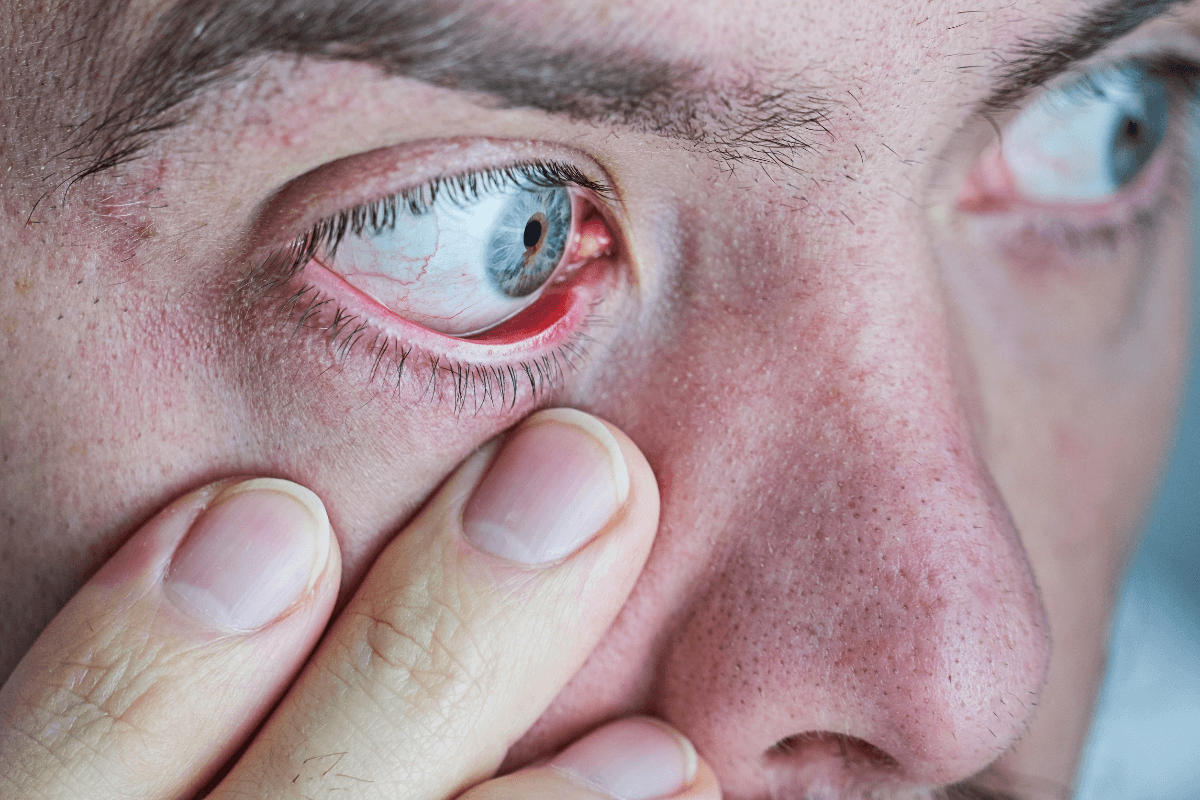Chinese researchers have confirmed that mesenchymal stem cells (MSCs) derived from human umbilical cord can reduce eye itching caused by grass pollen. Subconjunctival injection of mesenchymal stem cells (rather than intravenous injection) reduces the frequency of scratching and various clinical indicators…
Chinese researchers have confirmed that mesenchymal stem cells (MSCs) derived from human umbilical cord can reduce eye itching caused by grass pollen. Subconjunctival injection of mesenchymal stem cells (rather than intravenous injection) reduces the frequency of scratching and various clinical indicators of allergy, including eyelid swelling, erythema, and conjunctival edema. The treatment also locally reduced the number of activated or degranulated mast cells and eosinophils as well as Th17 and Th2 type T lymphocytes in cervical lymph nodes.
Tian Haibin, a Tongji University scientist and co-director of the study, said that last observation is key because the early stages of allergic conjunctivitis are characterized by Th2 overactivation. This population of lymphocytes migrates from the above-mentioned lymph nodes to the conjunctiva, where they release chemotactic mediators that attract inflammatory cells. The regulation of lymphocytes by mesenchymal stem cells is also reflected in the highest proportion of regulatory T lymphocytes in the ganglia, which are responsible for maintaining immune tolerance. The researchers examined the mechanism of Th2 suppression and found that MSC exert this effect through the expression of the CRISPLD2 gene, whose inhibition by RNA interference resulted in a significant increase in Th2 differentiation. Tian noted that local administration of mesenchymal stem cells reduces potential systemic adverse effects and helps focus treatment on the inflamed area. In ocular repair, subconjunctival injections have proven to be the most effective compared with topical, intravenous or intraperitoneal injections, the scientist said. The authors concluded that CRISPLD2’s role in therapeutic mechanisms makes this gene a potential therapeutic target.

